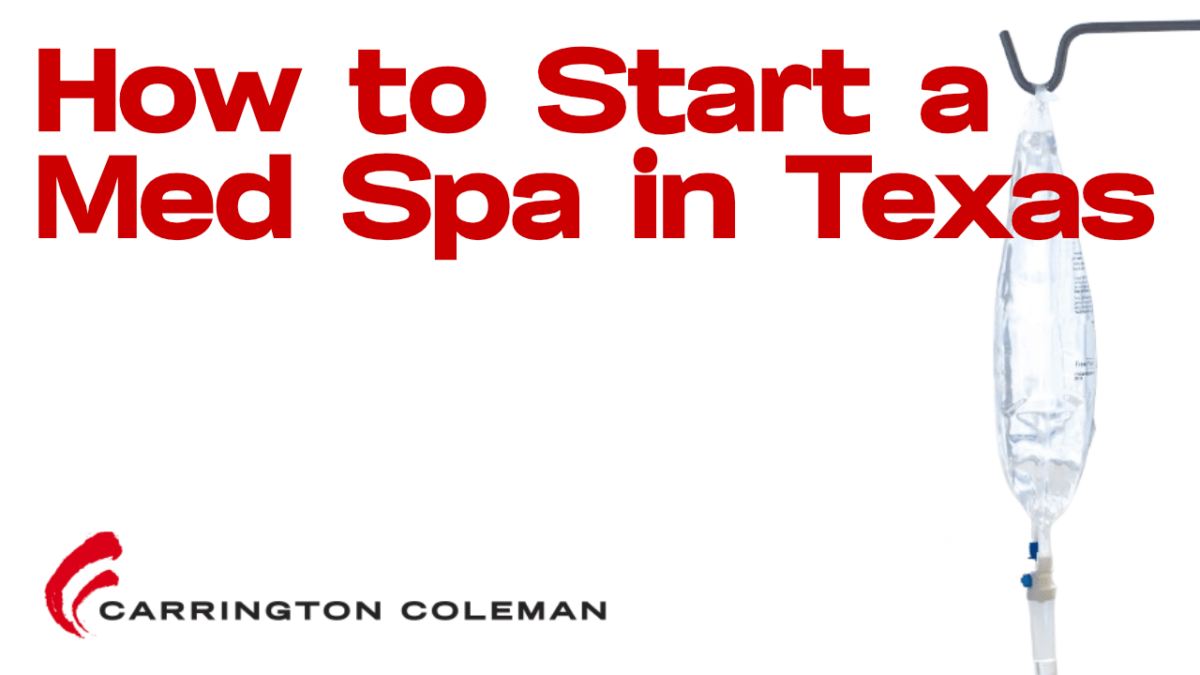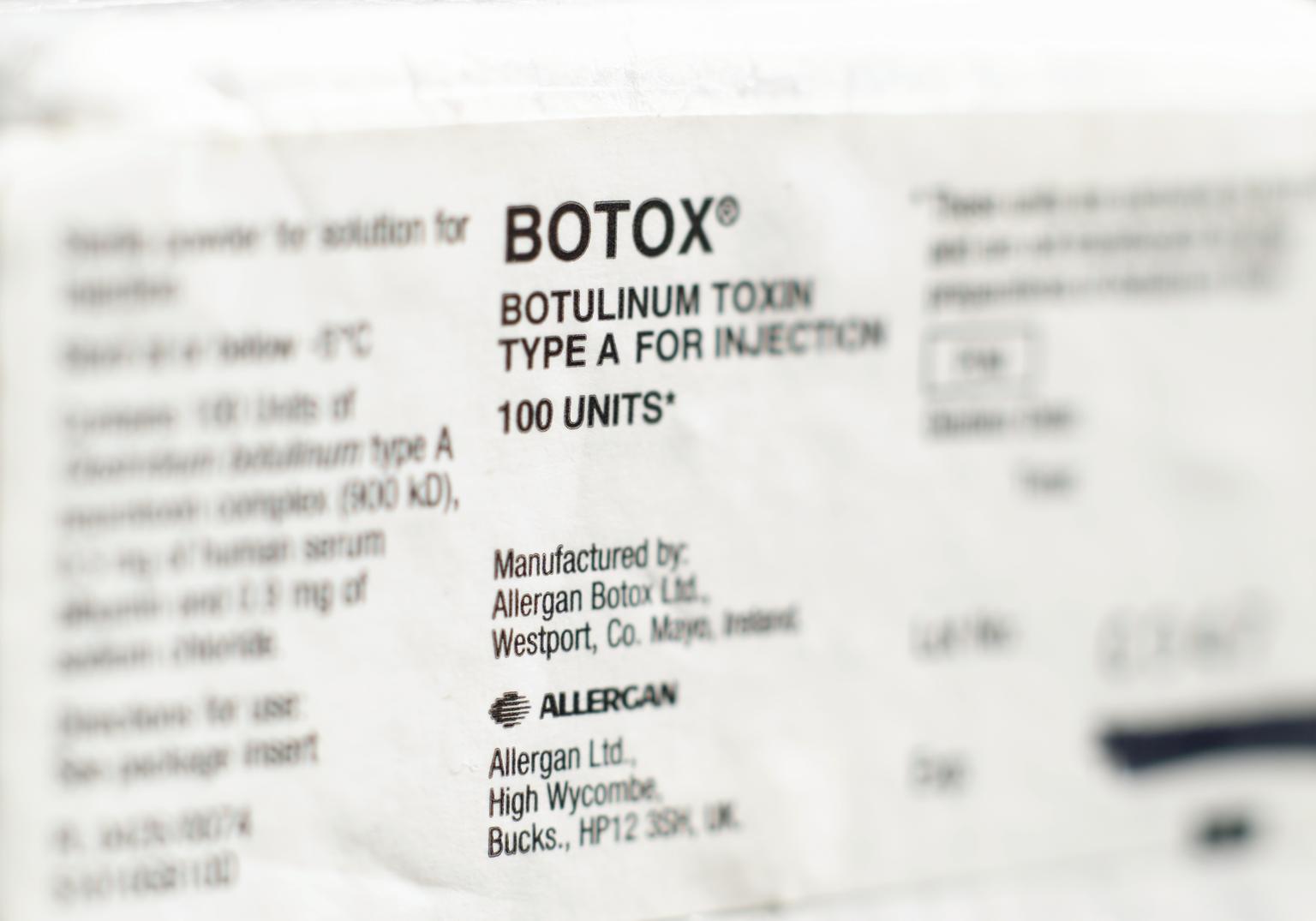Big changes are on the horizon for long-term care in Texas. The Texas Health and Human Services Commission (HHSC) is gearing up to implement a new payment methodology, the Patient Driven Payment Model for Long-Term Care (PDPM LTC), set to take effect on September 1, 2025. This marks a significant shift from the current Resource Utilization Group (RUG-III) model, promising enhanced payment accuracy and a stronger focus on the individual needs of patients.
Why the Change? A Shift Towards Patient-Centric Care
The core objective behind PDPM LTC is to move away from a payment system based solely on the volume of services provided, towards one that prioritizes the unique characteristics and complex needs of each individual patient. This aligns payments more closely with the actual costs of care, particularly for long-stay residents with complex conditions and cognitive impairments.
This Texas-specific version of PDPM is modeled after the framework already implemented in skilled nursing facilities (SNFs). Its development has been a collaborative effort, stemming from an internal HHSC workgroup formed in 2019 and extensive consultation with the Nursing Facility Payment Methodology Advisory Committee (NF-PMAC) since early 2020. In April 2022, the NF-PMAC recommended the Texas-specific PDPM model as the best fit for accurately representing Texas nursing home resident characteristics, care services, and costs. This recommendation ultimately led to a legislative directive in the 2024-25 General Appropriations Act (House Bill 1, Rider 25) formally tasking HHSC with its development and implementation.
How PDPM LTC Works: Key Components
The new PDPM LTC methodology leverages the Minimum Data Set (MDS) version 3.0 as its foundational data source for classifying residents. Unlike RUG-III, which has five rate components with only two case-mix adjusted, PDPM LTC operates with a different structure:
- Nursing Component: This component aims to quantify the direct care needed by a resident based on their MDS 3.0 assessment data. Residents are classified into one of six nursing groups, ranging from “extensive services” (Group E – for high-acuity needs like tracheostomy or ventilator care) to “reduced physical function” (Group P). It’s important to note that this Texas version includes six nursing groups, not all 25 possible CMS SNF PDPM nursing groups. Section GG items are utilized in the calculation of this component.
- Non-Therapy Ancillary (NTA) Component: This component captures the medical complexity of residents by identifying specific conditions and services, using a weighted count of comorbidities derived from MDS items. Residents are assigned to one of three NTA groups based on their total NTA score.
- Case-Mix Index (CMI): The Nursing and NTA components are adjusted by a CMI, a relative value assigned based on assessment data. These CMIs for both components will be directly based on the Skilled Nursing Facility (SNF) Medicare PDPM CMIs from the CMS Final Rule for fiscal year 2024. HHSC will not automatically adjust CMIs when CMS updates them, but will evaluate the impact for legislative consideration.
- Non-Case-Mix Component: This part of the total reimbursement rate is constant for all residents and is not adjusted by CMI. It covers costs related to dietary services, laundry, housekeeping, general administration, and fixed capital assets. This component will be calculated as a weighted median from the most recently examined cost reports.
Special Considerations and Add-ons
PDPM LTC also includes specific considerations for certain patient populations:
- Severe Cognitive Impairment (BIMS Add-on): Residents with confirmed severe cognitive impairment, as determined by their Brief Interview for Mental Status (BIMS) score on the MDS, will receive an additional 5% of the highest CMI-adjusted nursing rate.
- HIV/AIDS Add-on: Mirroring Medicare’s SNF PDPM, residents with a confirmed HIV/AIDS diagnosis will receive an additional 18% of their nursing group’s rate and be assigned to the highest NTA rate. Due to federal and state regulations, this diagnosis cannot be reported on MDS data and must be indicated on the claim using ICD-10 Code B20.
- Therapy Components: The new methodology does not include payments for physical, occupational, and speech/language therapy (PT/OT/SLP) components in the daily care rates; these will continue to be reimbursed through Nursing Facility Specialized Services.
- Hospice Care: The proposed methodology does not introduce any changes to reimbursement for hospice care, which will continue at 95% of the total rate per resident’s PDPM LTC group.
In total, the combination of these components allows for 72 possible different reimbursement rates. Additionally, two default groups will be in place for situations where MDS assessments are missing or contain errors, ensuring providers are still reimbursed at a base rate.
Implementation and What Comes Next
HHSC plans a phased implementation, with algorithms for PDPM LTC replacing RUG-III calculations and relevant changes being made to the Long-Term Care Online Portal (LTCOP) and claims system. While Section GG of the MDS will be visible in the LTCOP by August 2024 (nursing facilities have been completing it since November 2022), it will not be used for payment calculations until the September 1, 2025, implementation. The Assessment Reference Date (ARD) of the MDS will continue to guide the calculation of PDPM LTC. Importantly, the Long-Term Care Medicaid Information (LTCMI) will still be required for assessments, though the data collected will not be used in PDPM LTC calculations.
HHSC is committed to providing support and resources for providers during this transition. Webinars like the one held on April 12, 2024, are being recorded and made available online, along with presentation slides and a Frequently Asked Questions (FAQ) document summarizing stakeholder questions and HHSC responses. User guides will be updated, and training materials developed to help providers familiarize themselves with the changes. A PDPM LTC calculation worksheet and a crosswalk for billing under the new payment groupers will also be published closer to implementation.
This significant overhaul represents a move towards a more equitable and accurate payment system in Texas long-term care, aiming to better reflect the diverse and complex needs of its residents. Providers are encouraged to stay informed and utilize the resources provided by HHSC as the implementation date approaches.





